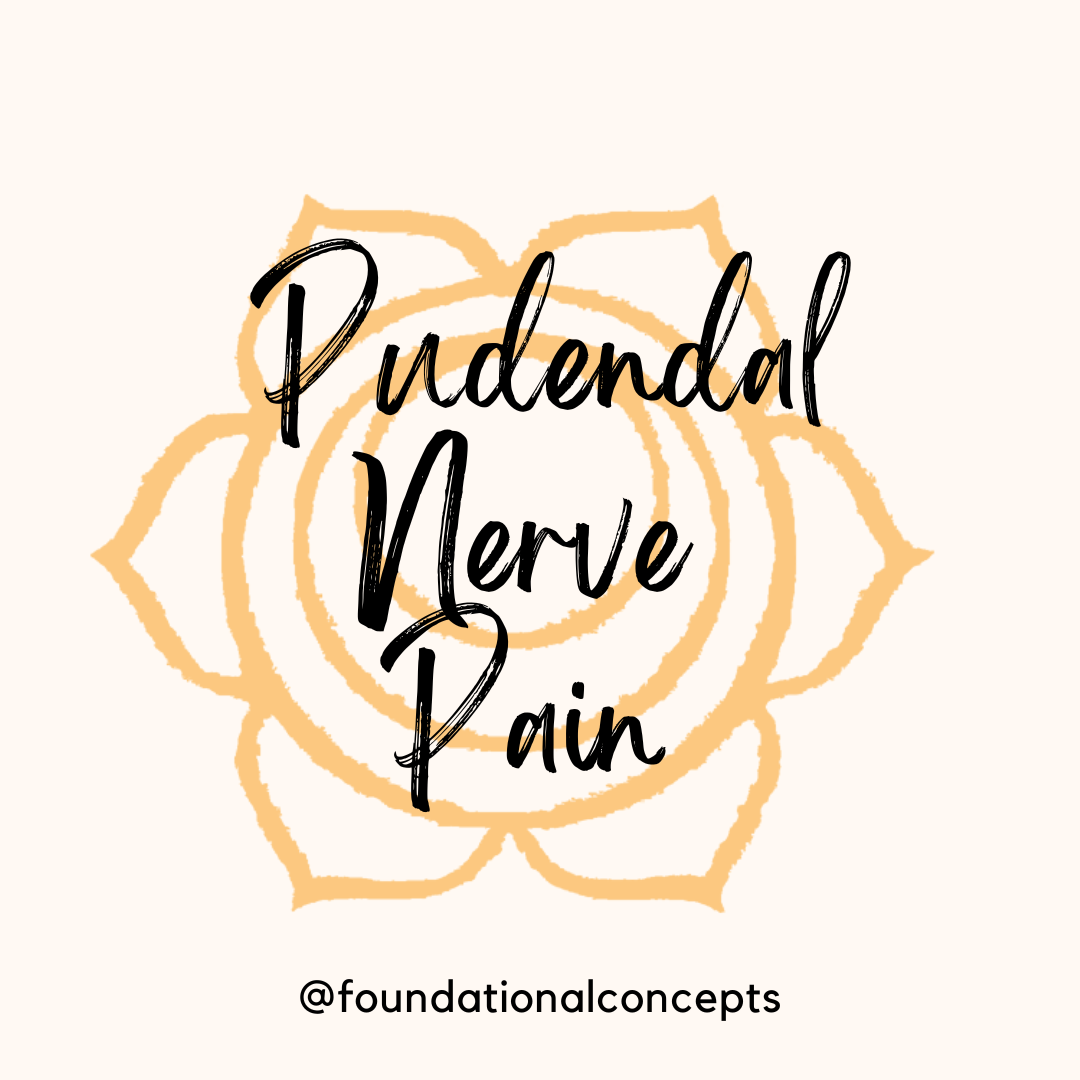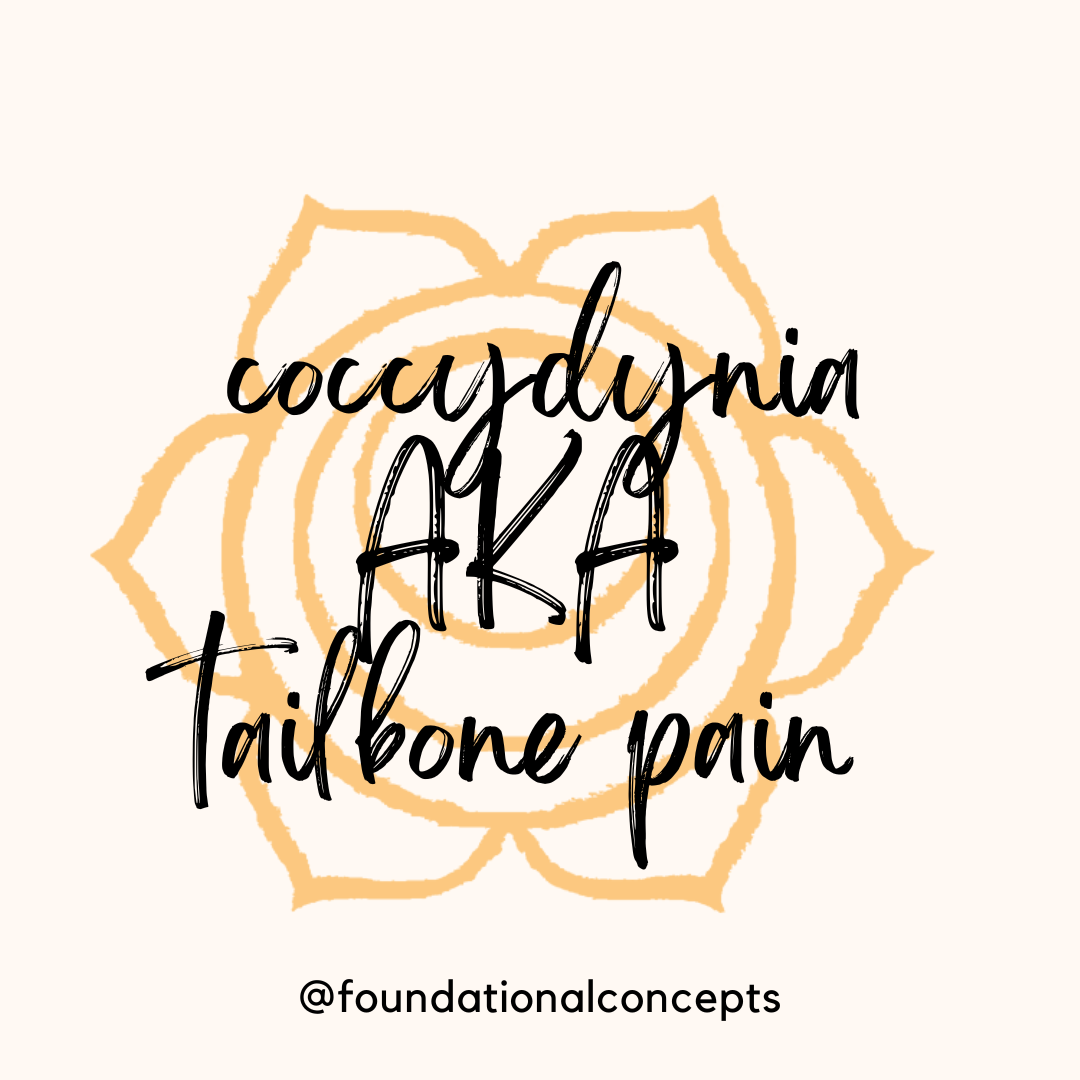Itching “down there” is a common complaint but one that we shouldn't ignore. When we…
What Happens at the Lake Doesn’t Always Stay at the Lake
I spent this past weekend with my very closest friends, girls I have known since we were 8 and 9 years old. These are some truly amazing women, all in their own right, in different ways. We have such a rich history, they are like sisters to me. We spent the weekend lying in the sun and talking about everything: kids, husbands, work, life, our parents and siblings and yes, of course sex. The topic of painful intercourse came up – why does it happen? The short answer is muscle spasm, but as we discussed this more everyone was intrigued to hear that some women have pelvic muscle tension from a young age, and that this can prevent them from having intercourse. I explained that there are a lot of young women who have never been able to use a tampon and when they become sexually active, find they are unable due to a condition called vaginismus. Vaginismus can occur at any age, but we got into discussing these young women in particular.
I explained the anatomy of the pelvis and the muscular sling that supports the vaginal walls. My dear friends were surprised to know that if those muscles are in spasm or are guarding that they could actually close the opening and prevent penetration. At this point we have all had multiple babies and no pain with sex so can’t imagine that opening being closed! I also discussed how when pain persists so does muscle guarding, so even if you aren’t asking the muscles to contract they may still be guarding in anticipation of pain. Often they have been guarded for so long that they don’t really know any different. Muscles have cells in them called receptors that let your body know what is relaxed and what is contracted. When a muscle is held tight for a long time, it may feel relaxed when in fact it is holding a good amount of tension in it.
A lot like we all hold tension in our neck or shoulders, these young women have held tension in the muscles in their pelvis for a long time and this causes pain and inability to have intercourse. Very often, just educating these patients about the muscles and giving them hope that there is an answer can make a very big difference for them. We discussed using belly breathing and meditation to help reduce stress to this system and improve relaxation of the muscles in the pelvis and trunk. We talked about a number of stretches (and yes, we did these while lying on the dock giggling at ourselves) that can be helpful for this system. We also talked about how the muscles of the hip, spine and abdomen can all become involved and why it is important to look head to toe at the musculoskeletal system.
That brought up the question, “Isn’t there any medication that can help?” While there are some medications that can take the “edge” off during intercourse, there is not anything that takes the problem away. The very best approach to painful intercourse is a comprehensive team of a physician (who has experience treating painful intercourse), a pelvic physical therapist (who looks beyond your vagina) and a psychologist (who has experience in sex therapy and pain). There is such a great influence between emotion and sexual function that it is really important to involve all of these providers in the treatment for painful intercourse. Pain is not just in your body, it is in your brain as well. The way we experience pain and perceive its threat will determine how we respond to a similar situation over time. Especially if there is any history of trauma, big or small.
“Ok, so how do you treat these women, and do they get better?” My favorite question. They do get better! For some women it takes 6 weeks, for others it takes months, but yes they do get better. What I do is spend a great deal of time educating my patients. I want them to understand the condition, and feel they have a number of tools to help them manage. I treat any musculoskeletal problem I find, whether that is the neck and jaw or the hip and spine. Any dysfunction anywhere in the body can cause changes in the pelvis, so it is imperative we examine the muscles and joints away from the pain too. I do internal vaginal trigger point work, muscle retraining and educate the patient on how to use tools at home to do their own trigger point work. This may involve their partner or it may not, it is up to the patient. “You mean like a vibrator?” This is where the conversation got more interesting. It can be a vibrator, or a set of dilators or a tool called a therawand. There are many options, and we choose what is best for the patient. We incorporate meditation, mindfulness, positive affect and many different exercise approaches depending on the patient and their activities. We talk about alternative therapies like acupuncture, massage and diet and we work with professionals we can refer them too.
I explained the anatomy of the pelvis and the muscular sling that supports the vaginal walls. My dear friends were surprised to know that if those muscles are in spasm or are guarding that they could actually close the opening and prevent penetration. At this point we have all had multiple babies and no pain with sex so can’t imagine that opening being closed! I also discussed how when pain persists so does muscle guarding, so even if you aren’t asking the muscles to contract they may still be guarding in anticipation of pain. Often they have been guarded for so long that they don’t really know any different. Muscles have cells in them called receptors that let your body know what is relaxed and what is contracted. When a muscle is held tight for a long time, it may feel relaxed when in fact it is holding a good amount of tension in it.
A lot like we all hold tension in our neck or shoulders, these young women have held tension in the muscles in their pelvis for a long time and this causes pain and inability to have intercourse. Very often, just educating these patients about the muscles and giving them hope that there is an answer can make a very big difference for them. We discussed using belly breathing and meditation to help reduce stress to this system and improve relaxation of the muscles in the pelvis and trunk. We talked about a number of stretches (and yes, we did these while lying on the dock giggling at ourselves) that can be helpful for this system. We also talked about how the muscles of the hip, spine and abdomen can all become involved and why it is important to look head to toe at the musculoskeletal system.
That brought up the question, “Isn’t there any medication that can help?” While there are some medications that can take the “edge” off during intercourse, there is not anything that takes the problem away. The very best approach to painful intercourse is a comprehensive team of a physician (who has experience treating painful intercourse), a pelvic physical therapist (who looks beyond your vagina) and a psychologist (who has experience in sex therapy and pain). There is such a great influence between emotion and sexual function that it is really important to involve all of these providers in the treatment for painful intercourse. Pain is not just in your body, it is in your brain as well. The way we experience pain and perceive its threat will determine how we respond to a similar situation over time. Especially if there is any history of trauma, big or small.
“Ok, so how do you treat these women, and do they get better?” My favorite question. They do get better! For some women it takes 6 weeks, for others it takes months, but yes they do get better. What I do is spend a great deal of time educating my patients. I want them to understand the condition, and feel they have a number of tools to help them manage. I treat any musculoskeletal problem I find, whether that is the neck and jaw or the hip and spine. Any dysfunction anywhere in the body can cause changes in the pelvis, so it is imperative we examine the muscles and joints away from the pain too. I do internal vaginal trigger point work, muscle retraining and educate the patient on how to use tools at home to do their own trigger point work. This may involve their partner or it may not, it is up to the patient. “You mean like a vibrator?” This is where the conversation got more interesting. It can be a vibrator, or a set of dilators or a tool called a therawand. There are many options, and we choose what is best for the patient. We incorporate meditation, mindfulness, positive affect and many different exercise approaches depending on the patient and their activities. We talk about alternative therapies like acupuncture, massage and diet and we work with professionals we can refer them too.
Sarah Dominguez, PT, MSPT, CLT, WCS
If you are experiencing pelvic pain, whether it began the first time you had sex or later in life, after babies or after menopause, you should have a physical therapist who specializes in women’s health on your treatment team. At Foundational Concepts, our providers share more than 40 years of experience treating pain with sex. We are the only clinic in Kansas City whose sole focus is women’s health and pelvic dysfunction. This blog is here for your help. It is the opinion of a Licensed Physical Therapist. If you experience the symptoms addressed you should seek the help of a medical professional who can diagnose and develop a treatment plan that is individualized for you. If you enjoyed this blog, check out our website at foundationalconcepts.net for more blog entries and to learn more about our specialty PT practice, Foundational Concepts. Follow us on Twitter @SarahpelvicPT or @Jenn_pelvic_PT or @AmandaFisherPT and like us on Facebook/Foundational Concepts for updates.




This Post Has 0 Comments